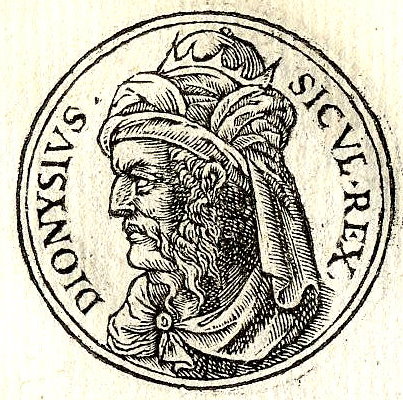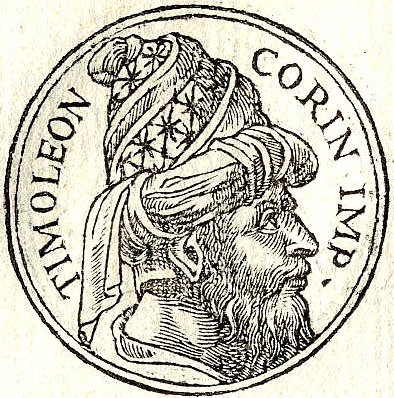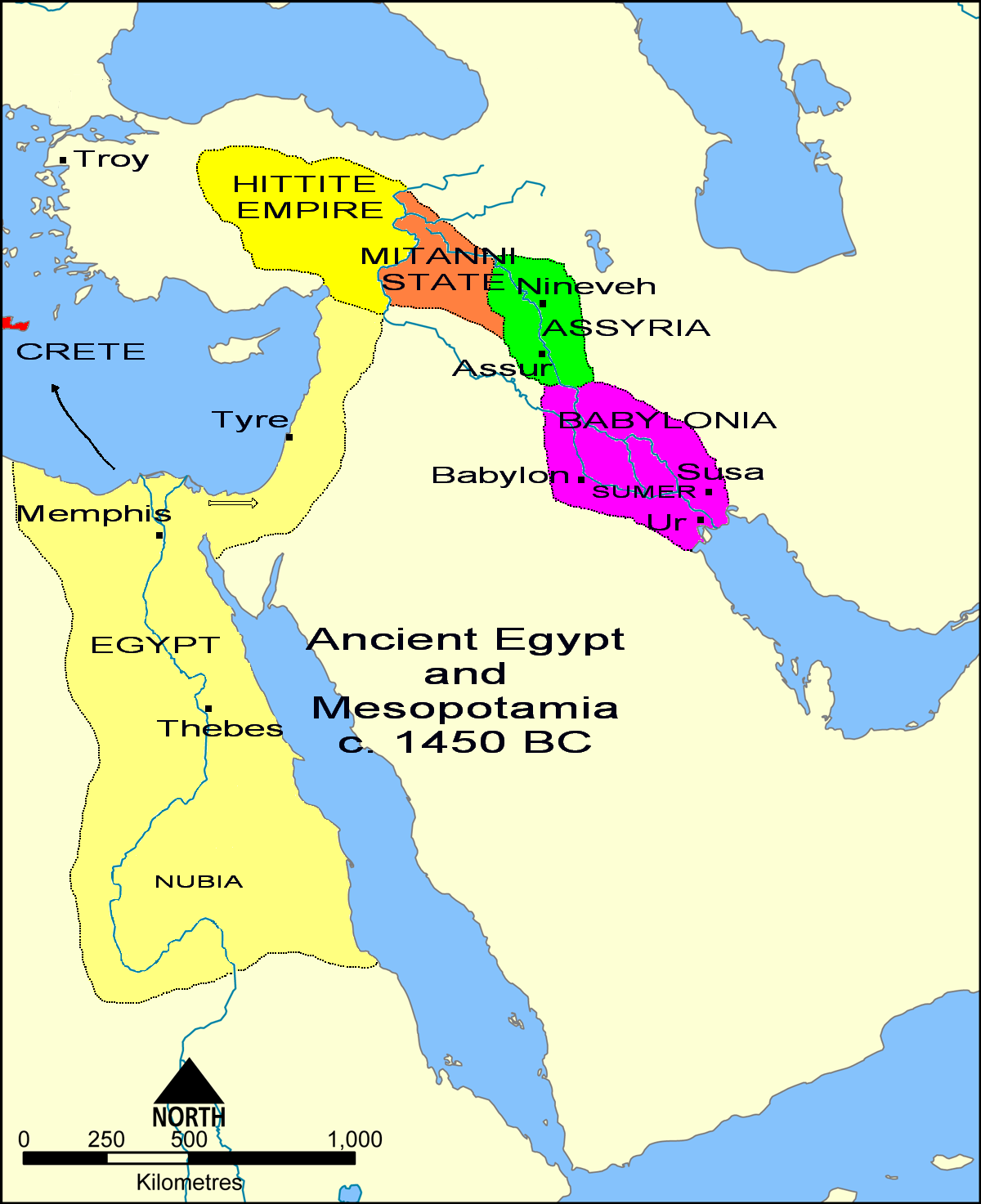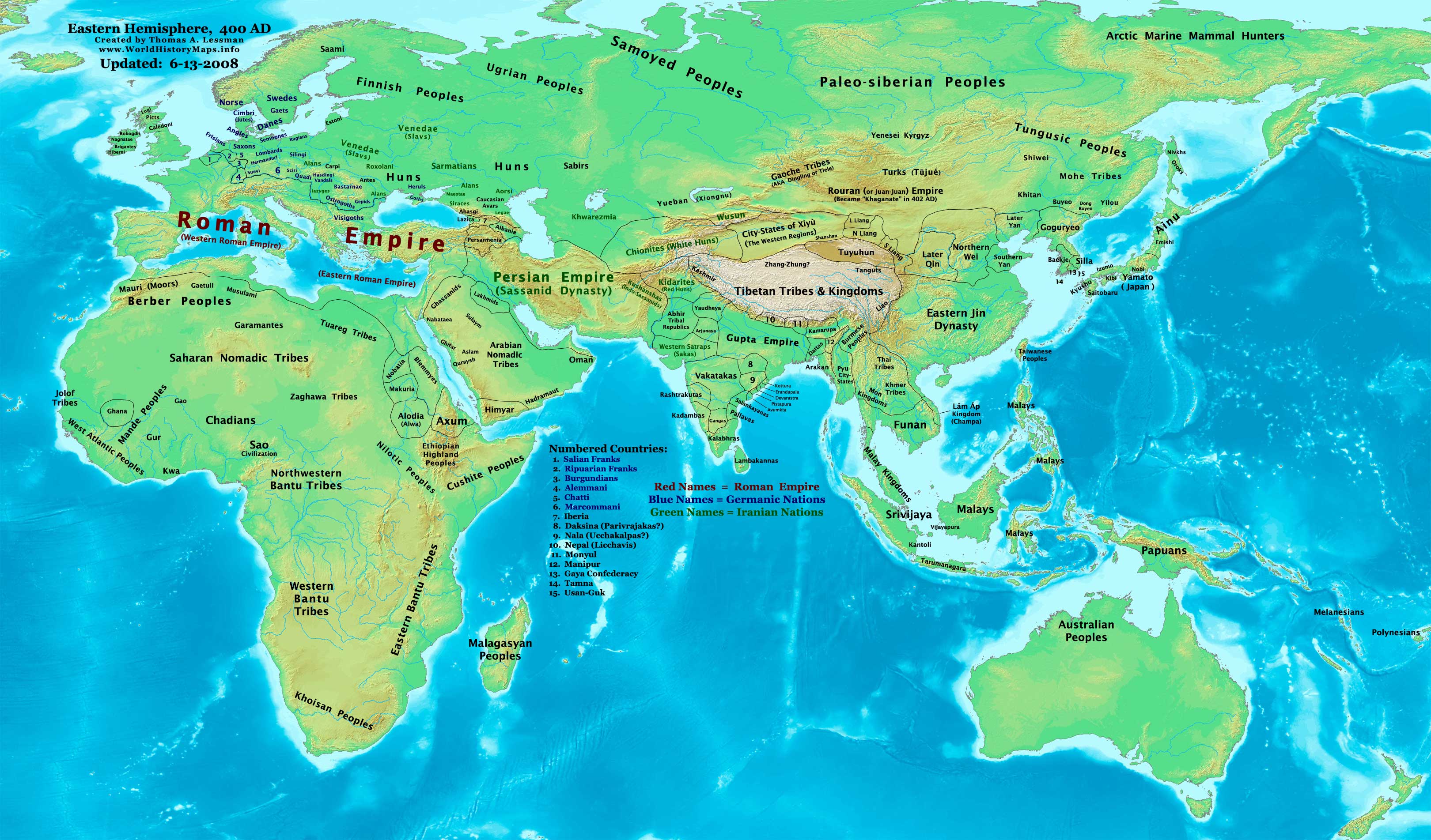|
Leptines II
Leptines II ( grc-gre, Λεπτίνης Β΄; died after 342 BC), son of Leptines I, was the nephew of Dionysius the Elder. In 351 BC, Leptines aided Callippus in successfully expelling the garrison of Dionysius the Younger from Rhegium. After civil unrest within the city, Leptines and Polyperchon turned on Callippus stabbing him with reputedly the same sword that killed Dion.Plut. Dion. 28-58 (352 BC) In 342 BC, when Timoleon liberated Sicily, Leptines was sent into exile. He died in Corinth Corinth ( ; el, Κόρινθος, Kórinthos, ) is the successor to an ancient city, and is a former municipality in Corinthia, Peloponnese, which is located in south-central Greece. Since the 2011 local government reform, it has been part .... Notes References * Diod. Sic., xvi 72. * Smith, Dictionary of Greek and Roman Biography and Mythology Ancient Greek generals 4th-century BC Greek people 4th-century BC deaths Year of birth unknown {{AncientGreece-bio-stub ... [...More Info...] [...Related Items...] OR: [Wikipedia] [Google] [Baidu] |
Leptines I
Leptines ( grc-gre, Λεπτίνης; died 375 BC) was a military leader from Syracuse, Sicily, active during his brother, Dionysius the Elder's wars. He showed bravery in the fights against Carthage and mercy with the Thurians. Biography Leptines was a brother of Dionysius the Elder, tyrant of Syracuse. He is first mentioned as commanding his brother's fleet at the Siege of Motya (397 BCE), and was for some time entrusted by Dionysius with overall command of the siege, while Dionysius was engaged in reducing the other towns still held by the Carthaginians. ( Diod. xiv. 48.) Naval Battles After the fall of Motya Leptines was stationed there with a fleet of 120 ships to watch for and intercept the Carthaginian fleet under Himilco. However, Himilco eluded his vigilance and the greater part of his fleet was able to sail to Panormus (modern Palermo) in safety although Leptines did pursue them and was able to sink fifty of Himilco's transports, containing 5000 troops. (''Id.'' 53-55 ... [...More Info...] [...Related Items...] OR: [Wikipedia] [Google] [Baidu] |
Dionysius I Of Syracuse
Dionysius I or Dionysius the Elder ( 432 – 367 BC) was a Greek tyrant of Syracuse, in Sicily. He conquered several cities in Sicily and southern Italy, opposed Carthage's influence in Sicily and made Syracuse the most powerful of the Western Greek colonies. He was regarded by the ancients as an example of the worst kind of despot—cruel, suspicious and vindictive. Endnotes: * Diod. Sic. xiii., xiv., xv. *J. Bass, ''Dionysius I. von Syrakus'' (Vienna, 1881), with full references to authorities in footnotes Early life of Dionysius the Elder Dionysius began his working life as a clerk in a public office. Because of his achievements in the war against Carthage that began in 409 BC, he was elected supreme military commander in 406 BC. In the following year he seized total power and became tyrant. He was married to Aristomache, and had a daughter by her, Arete. He was married at the same time to Doris of Locris, who bore him his son, Dionysius II of Syracuse. Rise to power Dionysi ... [...More Info...] [...Related Items...] OR: [Wikipedia] [Google] [Baidu] |
Calippus Of Syracuse
Callippus (; grc, Κάλλιππος Συρακούσιος) was a tyrant of Syracuse who ruled briefly for thirteen monthsSmith, ''Dictionary of Greek and Roman Biography and Mythology'', p. 574 from 354 to 352 BC. He was a native Athenian, who traveled with Dion to Sicily to capture Syracuse, where Dion became the tyrant. Callippus then gained power by assassinating Dion, but ruled briefly before being ousted from power himself. Afterwards he commanded a band of mercenaries, who later killed him with the same sword that he used to kill Dion. Dion's lieutenant Callippus was an Athenian who became a student of Plato. As the future tyrant of Syracuse, Dion, who was also a student of Plato, recruited Callippus as a member of his army which successfully invaded Syracuse. The army marched into Syracuse with 800 mercenaries and took control of the city, disposing of the previous tyrant, Dion’s nephew Dionysius II. Assassination and rise to power In exile, Dionysius bribed C ... [...More Info...] [...Related Items...] OR: [Wikipedia] [Google] [Baidu] |
Dionysius II Of Syracuse
Dionysius the Younger ( el, Διονύσιος ὁ Νεώτερος, 343 BC), or Dionysius II, was a Greek politician who ruled Syracuse, Sicily from 367 BC to 357 BC and again from 346 BC to 344 BC. Biography Dionysius II of Syracuse was the son of Dionysius the Elder and Doris of Locri. When his father died in 367 BC, Dionysius, who was at the time under thirty years old, and completely inexperienced in public affairs, inherited the supreme power and began ruling under the supervision of his uncle, Dion, whose disapproval of the young Dionysius's lavishly dissolute lifestyle compelled him to invite his teacher Plato to visit Syracuse. Together they attempted to restructure the government to be more moderate, with Dionysius as the archetypal philosopher-king (see the '' Seventh Letter'' of Plato). However, under the influence of opponents of Dion's reforms, Dionysius conspired with the historian Philistus and banished his uncle, taking complete power in 366 BC. Without Dion, ... [...More Info...] [...Related Items...] OR: [Wikipedia] [Google] [Baidu] |
Dion Of Syracuse
Dion (; el, Δίων ὁ Συρακόσιος; 408–354 BC), tyrant of Syracuse in Sicily, was the son of Hipparinus, and brother-in-law of Dionysius I of Syracuse. A disciple of Plato, he became Dionysius I's most trusted minister and adviser. However, his great wealth, his belief in Platonism and his ambition aroused the suspicions of Dionysius I's son and successor, Dionysius II. An indiscreet letter from Dion to the Carthaginians led to his banishment. Settling in Athens, he lived a prosperous life until Dionysius II dispossessed him of his estates and income. Landing in Sicily in 357 BC, he was successful in conquering Syracuse (other than the citadel). However, Dion soon quarrelled with the radical leader Heraclides and was forced into exile. Recalled in 355 BC, he became master of the whole city but his imperious behaviour and financial demands on the people of Syracuse soon alienated the population. His supporters abandoned him and he was assassinated. His attem ... [...More Info...] [...Related Items...] OR: [Wikipedia] [Google] [Baidu] |
Timoleon
Timoleon (Greek: Τιμολέων), son of Timodemus, of Corinth (c. 411–337 BC) was a Greek statesman and general. As a brilliant general, a champion of Greece against Carthage, and a fighter against despotism, he is closely connected with the history of Sicily, especially Syracuse. Early life Timoleon was a member of the Corinthian oligarchy. In the mid 360s BC, Timophanes, the brother of Timoleon, took possession of the acropolis of Corinth and effectively made himself tyrant of the city. In response, Timoleon, who had earlier heroically saved his brother's life in battle, and after repeatedly pleading with him to desist, became involved in the assassination of Timophanes. Most Corinthians approved his conduct as patriotic; however, the tragic occurrence, the actual fratricide, the curses of his mother, and the indignation of some of his fellow citizens, drove him into a self-imposed early withdrawal from politics and civic life for twenty years. Sicily Because of ... [...More Info...] [...Related Items...] OR: [Wikipedia] [Google] [Baidu] |
Sicily
(man) it, Siciliana (woman) , population_note = , population_blank1_title = , population_blank1 = , demographics_type1 = Ethnicity , demographics1_footnotes = , demographics1_title1 = Sicilian , demographics1_info1 = 98% , demographics1_title2 = , demographics1_info2 = , demographics1_title3 = , demographics1_info3 = , timezone1 = CET , utc_offset1 = +1 , timezone1_DST = CEST , utc_offset1_DST = +2 , postal_code_type = , postal_code = , area_code_type = ISO 3166 code , area_code = IT-82 , blank_name_sec1 = GDP (nominal) , blank_info_sec1 = €89.2 billion (2018) , blank1_name_sec1 = GDP per capita , blank1_info_sec1 ... [...More Info...] [...Related Items...] OR: [Wikipedia] [Google] [Baidu] |
Corinth
Corinth ( ; el, Κόρινθος, Kórinthos, ) is the successor to an ancient city, and is a former municipality in Corinthia, Peloponnese, which is located in south-central Greece. Since the 2011 local government reform, it has been part of the municipality of Corinth, of which it is the seat and a municipal unit. It is the capital of Corinthia. It was founded as Nea Korinthos (), or New Corinth, in 1858 after an earthquake destroyed the existing settlement of Corinth, which had developed in and around the site of ancient Corinth. Geography Located about west of Athens, Corinth is surrounded by the coastal townlets of (clockwise) Lechaio, Isthmia, Kechries, and the inland townlets of Examilia and the archaeological site and village of ancient Corinth. Natural features around the city include the narrow coastal plain of Vocha, the Corinthian Gulf, the Isthmus of Corinth cut by its canal, the Saronic Gulf, the Oneia Mountains, and the monolithic rock of Acroc ... [...More Info...] [...Related Items...] OR: [Wikipedia] [Google] [Baidu] |
Diodorus Siculus
Diodorus Siculus, or Diodorus of Sicily ( grc-gre, Διόδωρος ; 1st century BC), was an ancient Greek historian. He is known for writing the monumental universal history '' Bibliotheca historica'', in forty books, fifteen of which survive intact, between 60 and 30 BC. The history is arranged in three parts. The first covers mythic history up to the destruction of Troy, arranged geographically, describing regions around the world from Egypt, India and Arabia to Europe. The second covers the time from the Trojan War to the death of Alexander the Great. The third covers the period to about 60 BC. ''Bibliotheca'', meaning 'library', acknowledges that he was drawing on the work of many other authors. Life According to his own work, he was born in Agyrium in Sicily (now called Agira). With one exception, antiquity affords no further information about his life and doings beyond his written works. Only Jerome, in his '' Chronicon'' under the "year of Abraham 1968" (49 B ... [...More Info...] [...Related Items...] OR: [Wikipedia] [Google] [Baidu] |
Ancient Greek Generals
Ancient history is a time period from the beginning of writing and recorded human history to as far as late antiquity. The span of recorded history is roughly 5,000 years, beginning with the Sumerian cuneiform script. Ancient history covers all continents inhabited by humans in the period 3000 BCAD 500. The three-age system periodizes ancient history into the Stone Age, the Bronze Age, and the Iron Age, with recorded history generally considered to begin with the Bronze Age. The start and end of the three ages varies between world regions. In many regions the Bronze Age is generally considered to begin a few centuries prior to 3000 BC, while the end of the Iron Age varies from the early first millennium BC in some regions to the late first millennium AD in others. During the time period of ancient history, the world population was already exponentially increasing due to the Neolithic Revolution, which was in full progress. While in 10,000 BC, the world population stood ... [...More Info...] [...Related Items...] OR: [Wikipedia] [Google] [Baidu] |
4th-century BC Greek People
The 4th century (per the Julian calendar and Anno Domini/ Common era) was the time period which lasted from 301 ( CCCI) through 400 ( CD). In the West, the early part of the century was shaped by Constantine the Great, who became the first Roman emperor to adopt Christianity. Gaining sole reign of the empire, he is also noted for re-establishing a single imperial capital, choosing the site of ancient Byzantium in 330 (over the current capitals, which had effectively been changed by Diocletian's reforms to Milan in the West, and Nicomedeia in the East) to build the city soon called Nova Roma (New Rome); it was later renamed Constantinople in his honor. The last emperor to control both the eastern and western halves of the empire was Theodosius I. As the century progressed after his death, it became increasingly apparent that the empire had changed in many ways since the time of Augustus. The two emperor system originally established by Diocletian in the previous century fe ... [...More Info...] [...Related Items...] OR: [Wikipedia] [Google] [Baidu] |
4th-century BC Deaths
The 4th century (per the Julian calendar and Anno Domini/Common era) was the time period which lasted from 301 ( CCCI) through 400 ( CD). In the West, the early part of the century was shaped by Constantine the Great, who became the first Roman emperor to adopt Christianity. Gaining sole reign of the empire, he is also noted for re-establishing a single imperial capital, choosing the site of ancient Byzantium in 330 (over the current capitals, which had effectively been changed by Diocletian's reforms to Milan in the West, and Nicomedeia in the East) to build the city soon called Nova Roma (New Rome); it was later renamed Constantinople in his honor. The last emperor to control both the eastern and western halves of the empire was Theodosius I. As the century progressed after his death, it became increasingly apparent that the empire had changed in many ways since the time of Augustus. The two emperor system originally established by Diocletian in the previous century fell in ... [...More Info...] [...Related Items...] OR: [Wikipedia] [Google] [Baidu] |






